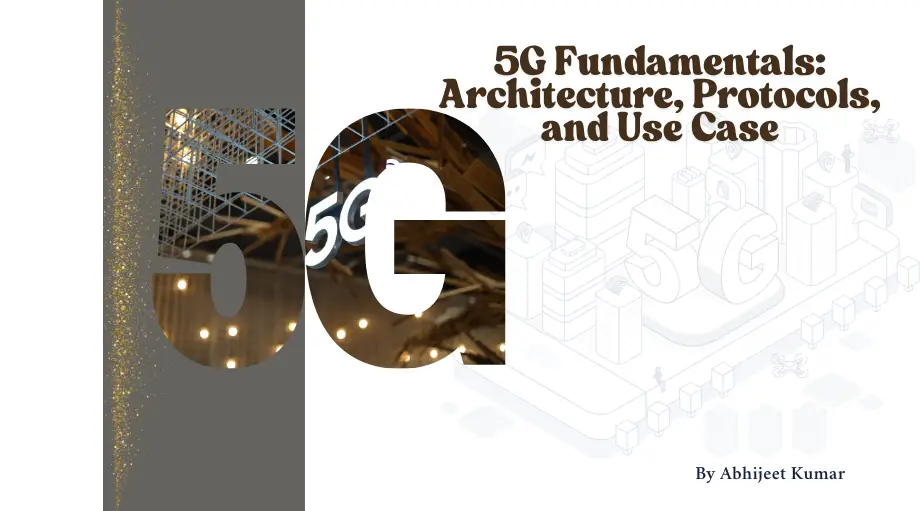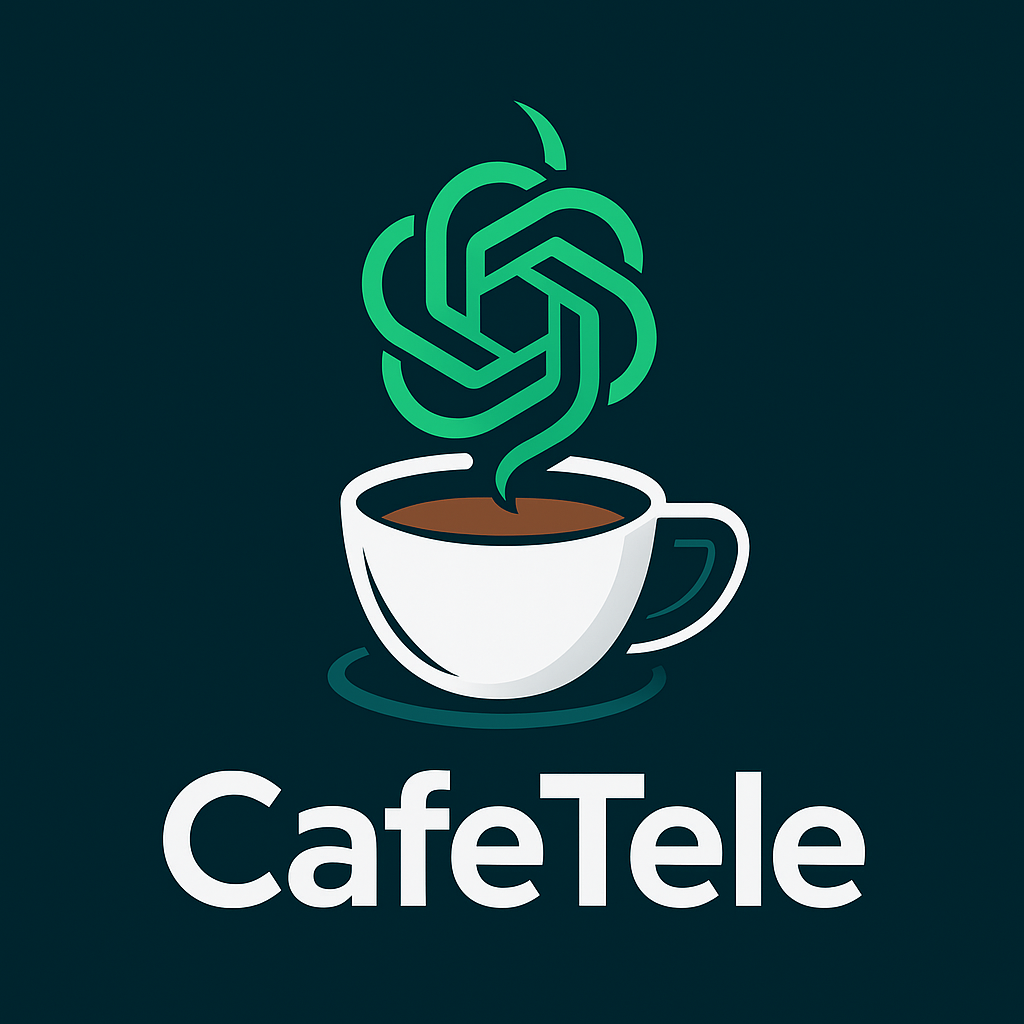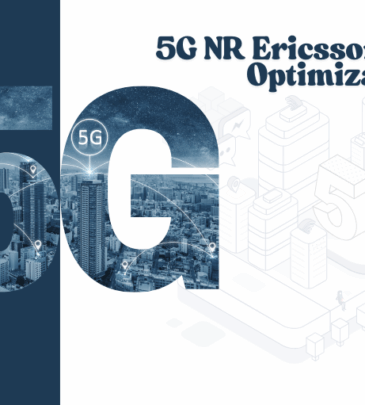5G Fundamentals: Architecture, Protocols, and Use Case

14
May
- 5G, Online Course, Technology
- 2 (Registered)
Curriculum
- 5 Sections
- 26 Lessons
- Lifetime
Expand all sectionsCollapse all sections
- Chapter 1 : Introduction to NR1
- 5G NR Core and RAN Architecture4
- 5G NR Air Interface7
- 5G NR Physical Layer8
- 4.1Introduction to Downlink Physical Channel4 Minutes
- 4.2Physical Broadcast Channel (PBCH)15 Minutes
- 4.3Physical Downlink Control Channel (PDCCH)24 Minutes
- 4.4Physical Downlink Shared Channel (PDSCH)10 Minutes
- 4.5Introduction to Uplink Physical Channel7 Minutes
- 4.6Physical Random Access Channel (PRACH)14 Minutes
- 4.7Physical Uplink Control Channel (PUCCH)8 Minutes
- 4.8Physical Uplink Shared Channel (PUSCH)10 Minutes
- 5G NR Protocols6
FAQs
Yes! While a basic understanding of LTE is helpful, the course is designed to guide learners from foundational concepts to more advanced 5G principles.
Yes, a certificate of completion will be provided upon request or course completion.
This course focuses on conceptual clarity with diagrams and flows. Hands-on practice can be offered in advanced or follow-up sessions.
Basic procedures are covered. Tool-based analysis (like log decoding or simulation) may be included in advanced-level training.
Absolutely. This course gives you the technical foundation that aligns with many 5G industry certifications.
Requirements
- Basic understanding of 4G/LTE architecture and mobile communication systems Familiarity with the OSI model and protocol layers General knowledge of IP networking and data transmission Prior exposure to wireless standards (not mandatory, but helpful) Motivation to learn how 5G transforms connectivity and enables modern applications
Features
- Covers both NSA and SA architectures with clear illustrations Based on 3GPP specifications including TS 38.300, TS 23.501, and TS 38.211 Detailed modules on protocol stacks, air interface, and call flows Includes explanations of QoS, Network Slicing, MIMO, and Beamforming Supported with real-world use cases and technology comparisons Access to downloadable PDF slides and architecture diagrams
Target audiences
- Telecom engineers working in RF, core, or network design System integrators and mobile network planners Technical consultants and pre-sales engineers in wireless solutions Postgraduate students or final-year engineering students in ECE/telecom Anyone looking to transition from 4G to 5G technologies

